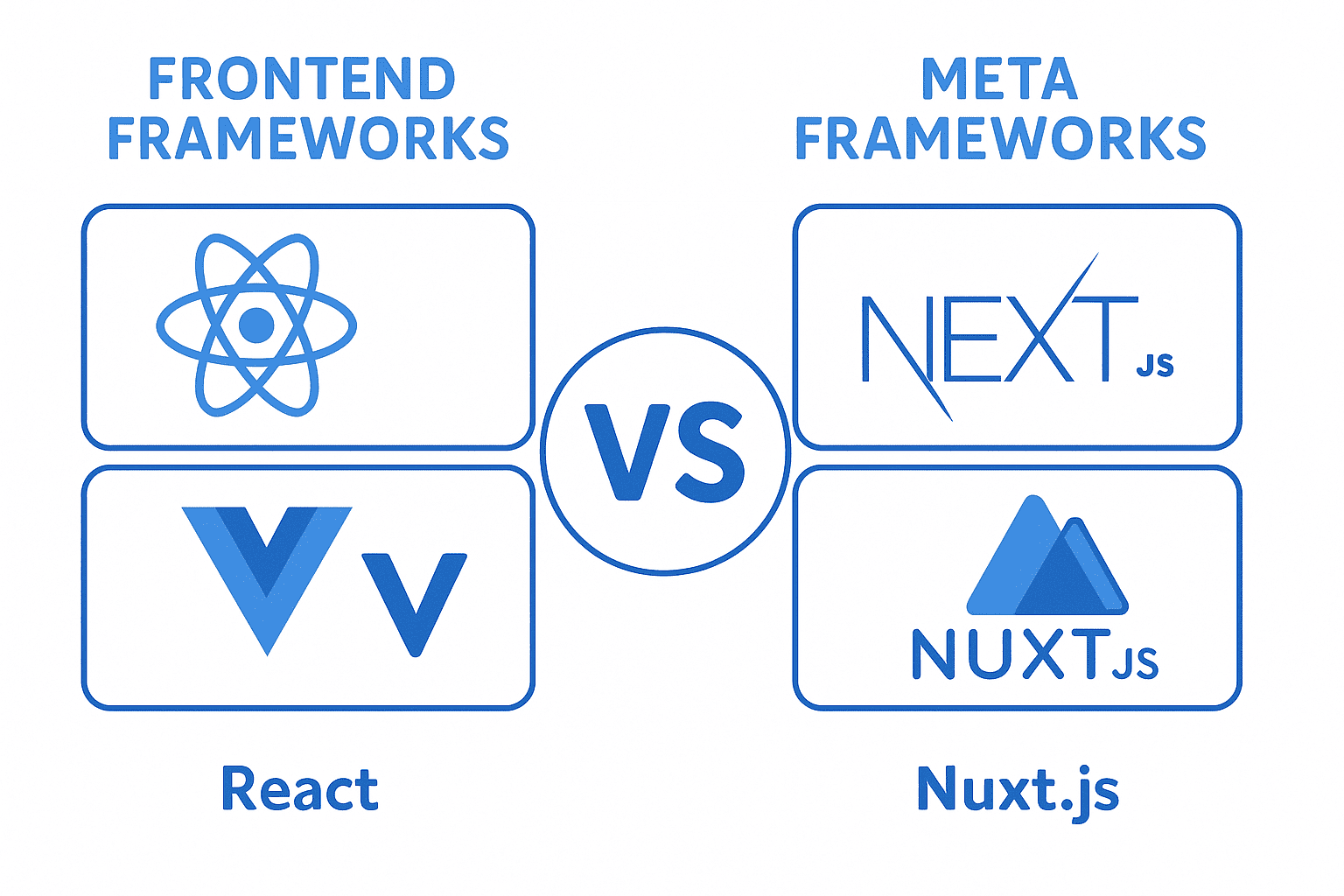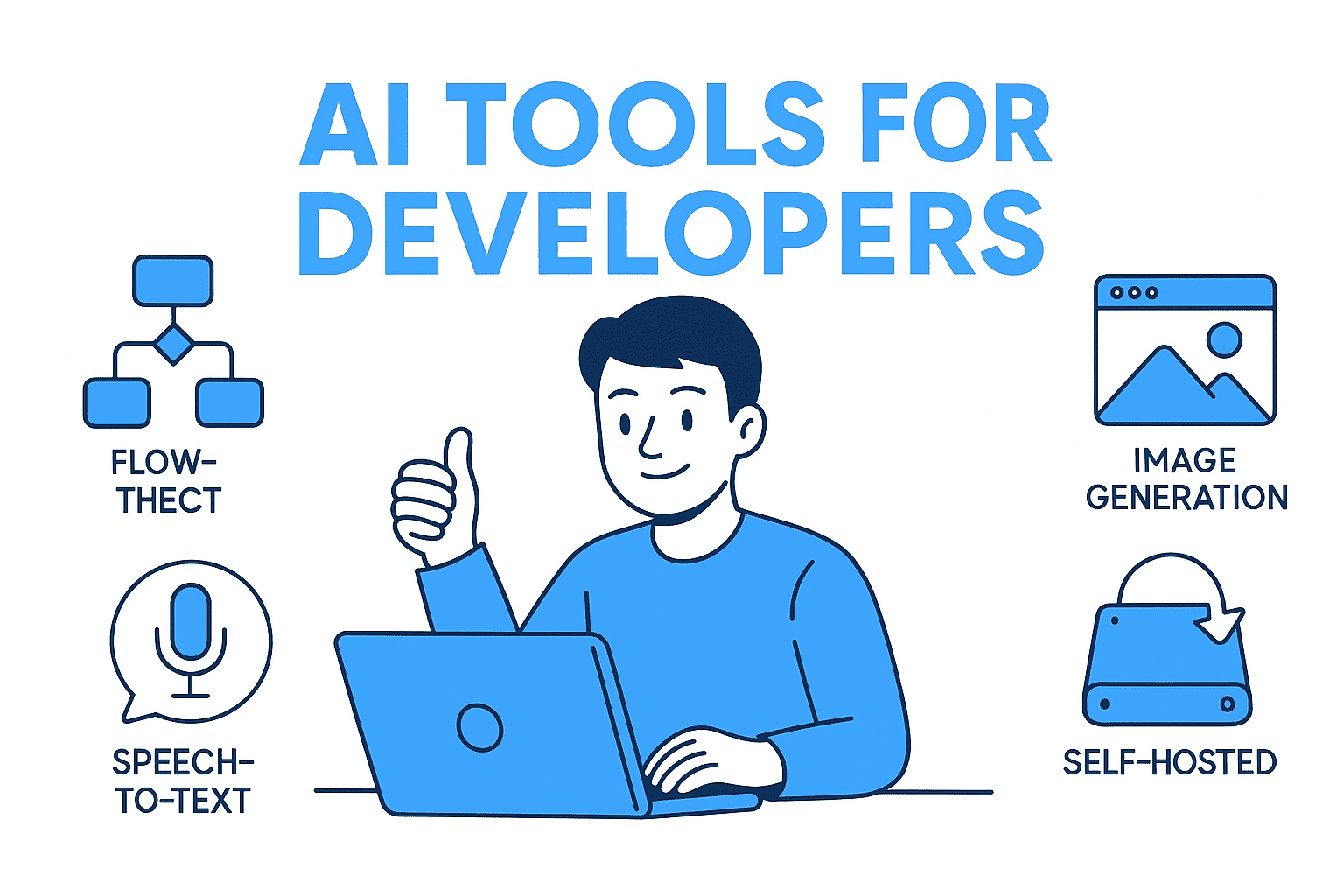Modern frontend apps are getting bigger. More features. More users. More pressure to scale fast and maintain clean code.
But here’s the thing — most frontend bugs and delays come from a messy structure. Logic tangled with UI. Components doing too much. State managed everywhere and nowhere.
Want to fix that? Start here: Separate your logic from your UI.
🧠 Why Separation of Concerns Matters
Let’s break it down:
- Maintainability – Want to change a feature’s behavior? No need to touch UI files.
- Reusability – Move logic across pages, components, or even projects.
- Testability – Pure logic means pure unit tests. No DOM. No mocks. Just functions.
- Team collaboration – Designers handle the UI. Developers focus on logic. Everyone wins.
This isn’t just theory. It’s how high-performing teams ship faster with fewer bugs.
⚙️ Why React Hooks Are Total Game-Changers
React changed the game with hooks. And custom hooks? They’re your secret weapon for clean code.
Here’s why:
- 🔹 Encapsulate logic and side effects (API calls, timers, event listeners…)
- 🔹 Share behavior without passing props 6 levels deep
- 🔹 Simplify components — keep JSX focused on layout
- 🔹 Structure by feature instead of technical layer
Example?
// useAuth.ts
export function useAuth() {
const [user, setUser] = useState(null);
useEffect(() => {
fetch("/api/me")
.then((res) => res.json())
.then(setUser);
}, []);
return user;
}
Now in your component:
const user = useAuth();
return <div>Hello, {user?.name}</div>;
Clean. Focused. Easy to test.
💡 Pro Tip: Think Microservices
“Treat your custom hooks like frontend microservices — each solving a single, meaningful problem.”
Just like microservices keep your backend modular, custom hooks help you:
- Keep concerns isolated
- Add and remove features easily
- Test everything independently
✅ Real Results
When you embrace clean frontend architecture, you’ll notice:
- More predictable state management
- Easier debugging (Logic and UI bugs live in separate files)
- Faster TypeScript support (TS loves pure functions)
- Smoother onboarding for new devs
🔍 From Our Experience
We used to build features by stuffing everything into one component. It worked… until it didn’t.
Now?
We build:
- hooks/ for logic
- components/ for UI
- services/ for external calls
- pages/ for composition
Result? Cleaner code. Happier teams. Faster shipping.
📦 Folder Structure Example
A simple example for a feature-based architecture:
src/
├── features/
│ └── auth/
│ ├── useAuth.ts
│ ├── AuthForm.tsx
│ └── authService.ts
├── components/
│ └── Button.tsx
├── pages/
│ └── LoginPage.tsx
No more scrolling through a 300-line component.
🗨️ Your Turn
Have you started separating logic from UI in your React projects?
- What worked well?
- What challenges did you hit?
- How did it help your team?
👇 Drop your thoughts in the comments or join the conversation with fellow devs.
📈 TL;DR
Clean frontend architecture is all about separating logic from UI. With React hooks, especially custom ones, you can isolate side effects, make components reusable, test logic easily, and keep your code scalable. Ideal for large apps, fast teams, and long-term success.
🤝 Need a Custom RSVP System or Dashboard?
I help businesses build tools that actually work — even on tight deadlines.
Whether you're planning an event, need internal tools, or want a custom dashboard for your team — I can help.
Reach out:
📧 Email: safi.abdulkader@gmail.com | 💻 LinkedIn: @abdulkader-safi | 📱 Instagram: @abdulkader.safi | 🏢 DSRPT
Drop me a line, I’m always happy to collaborate! 🚀



